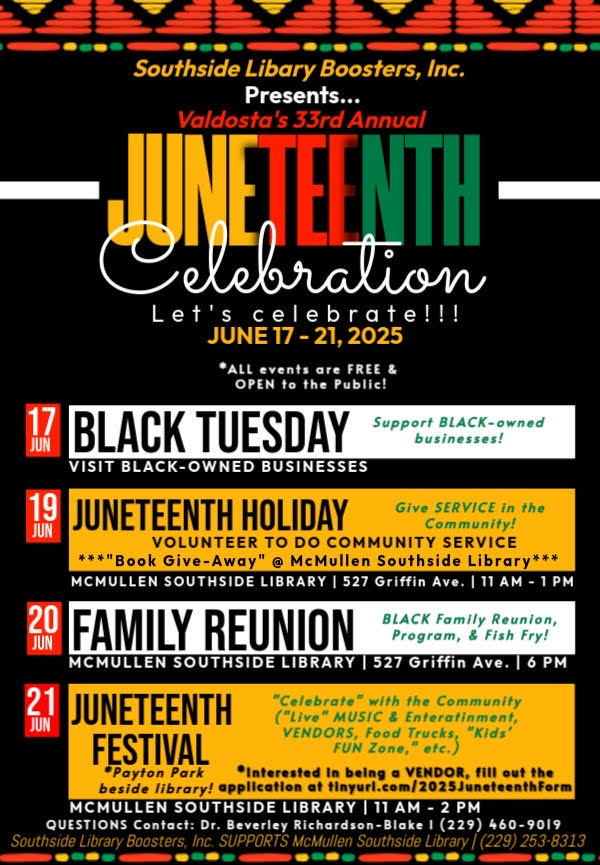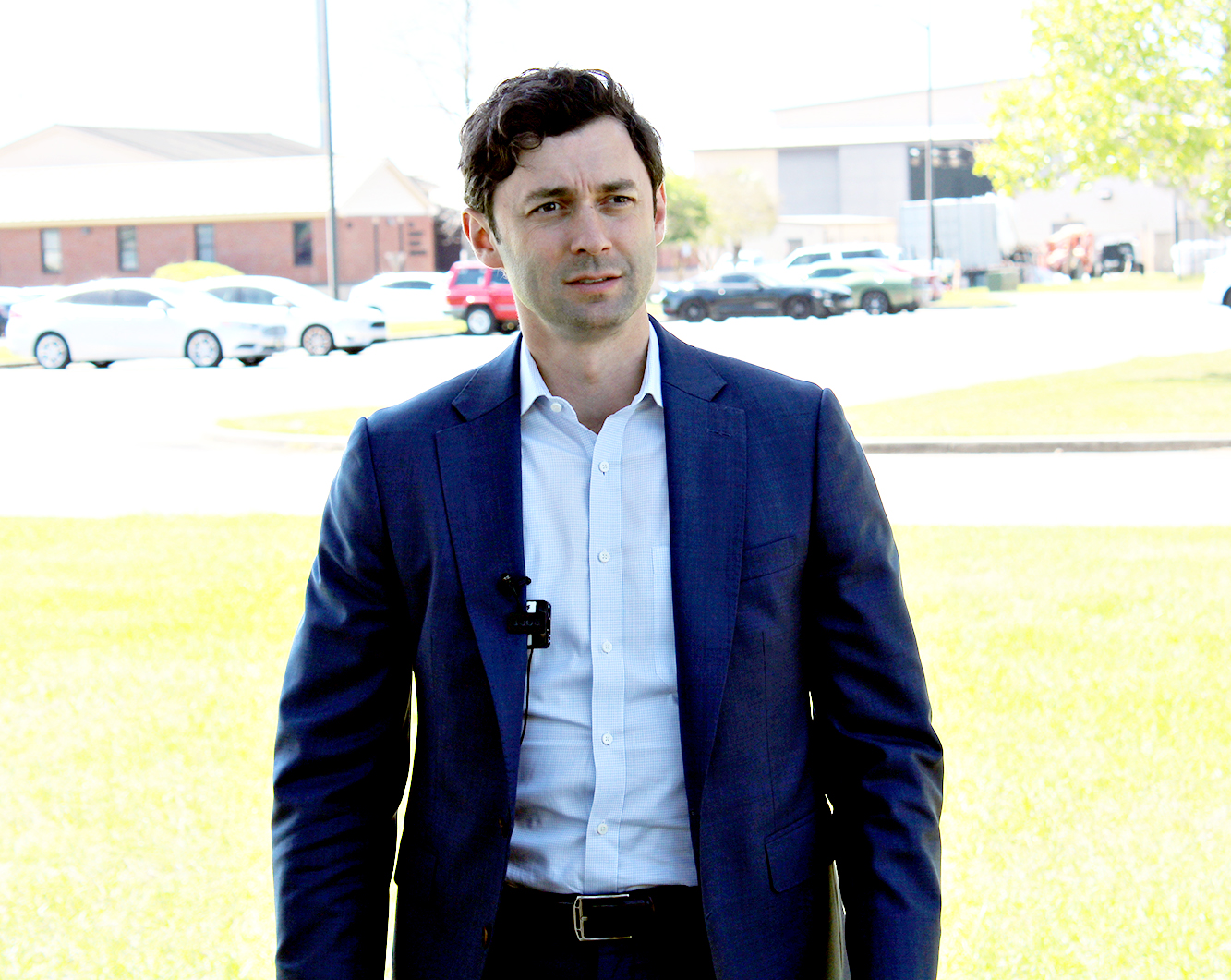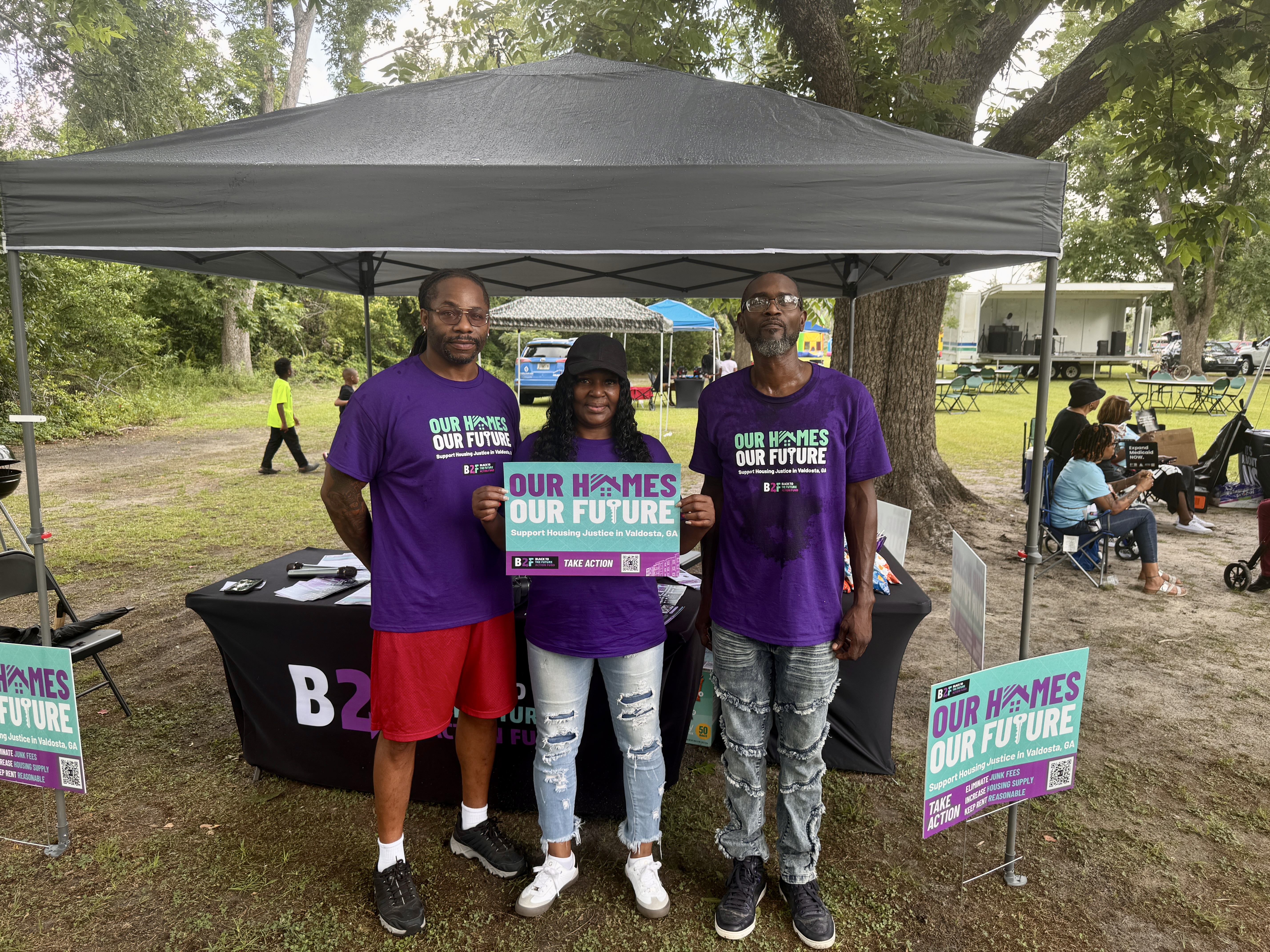Great freezes remembered
Published 3:30 pm Thursday, February 9, 2012
What a beautiful winter we’ve been having in Live Oak…at least so far. Overnight temperatures are often remaining in the 50s, while daytime highs have been in the 80-degree range. Simply amazing for this time of year! Of course, there is no guarantee that will continue.
After all, February tends to be the month when North Florida historically has experienced its most frigid conditions. In fact, this week is the anniversary of not one, but at least three of the worst cold snaps to ever hit the Sunshine State.
The first, and what many meteorologists consider to be the worst overall freeze to hit Florida, dates back to a seven day period between Feb. 2-9, 1835. Of course, Suwannee County hadn’t been created yet…and Live Oak was more of a “meeting place” than an actual town. On the other hand, Jacksonville was already a bustling community of about 300 folks, at least one of whom owned a thermometer, which showed the mercury dipping down to 7-degrees! That’s cold in anyone’s book, but devastating for a state like ours.
The Saint John’s River froze “several rods out.” Remember now, each “rod” amounts to 16 ½ feet. (If you forgot that, don’t feel bad. I had to look it up too.) And the ice was thick enough, it could carry a man’s weight. North Florida citrus groves, we were producing millions of oranges for shipment to England back then, were decimated. The same was true for the state’s numerous peach orchards.
Residents here at the time say that conditions were so cold, for so long, that by the time the mercury had returned to normal, most of the state looked like it had been destroyed by a massive wildfire.
This week is also the anniversary of the Great Freeze of 1895, which hit the state on Feb. 8 and 9. North Florida was once again a major citrus producer. Landowners had replanted and even expanded their groves. Years of relatively warm winters had convinced them the 1835 cold snap had been nothing but a onetime, freak climate catastrophe. Sixteen degree temperatures as far south as Orlando on the 9th proved them wrong, and destroyed their citrus trees in the process. As a result, many gave-up on citrus as a cash crop.
Finally, this week is also the anniversary of the freeze of 1899 – better known as the Blizzard of 1899. A cold front, such as this nation has seldom seen, had already created havoc in the northern states. For instance, New York City was buried under 16-inches of snow, while Washington, D.C. racked up nearly 21-inches.
For Florida, the worst occurred on Feb. 11 and 12. Tallahassee had a reading of -2 degrees, which is the only sub-zero temperature ever recorded in the state. And while we weren’t “buried” in snow, we didn’t escape the white stuff either. There was enough to cover the ground, prompting photographers, including one here in Live Oak, to brave the cold to record the weather phenomena. A photo out of Tallahassee even shows a snowball fight taking place on the steps of the Capitol. The storm also was the final death knell for North Florida citrus. Folks still committed to growing oranges felt they had no choice but to move farther south and those who stayed turned to other, more hardy crops.
Jim lives in Live Oak.





